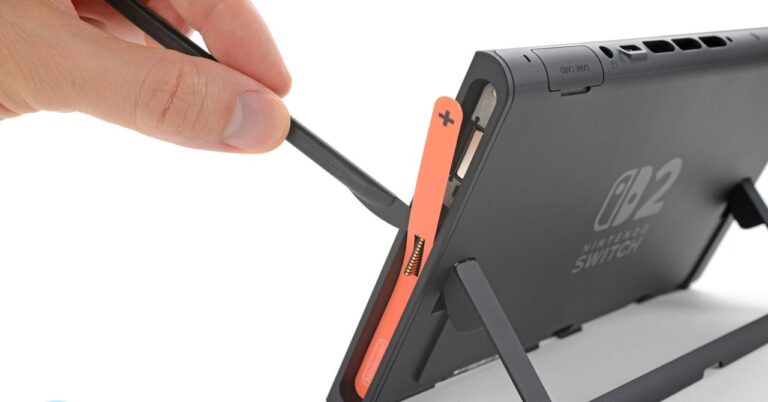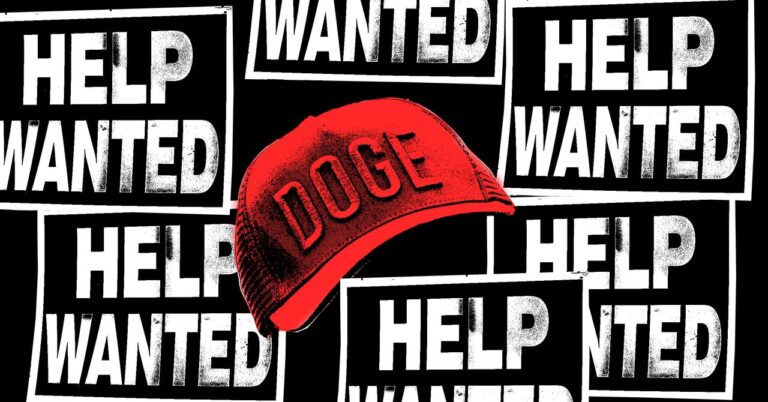
In your go bag, FEMA recommends packing three days’ worth of food and water, physical maps of local areas, a change of clothing, and copies of important documents. According to a checklist from the agency, these should include birth certificates, medical information, copies of your rental contract or home lease and insurance policies, car titles and registration, and banking information, sealed in a waterproof container or bag. Consider adding items specific to your climate or geographic setting (sunscreen for desert conditions or extra layers in colder areas) as well as items specific to your household needs (pet medications, diapers for a baby, etc.).
Practice for emergencies
“Knowing your location first and what it could be at risk for is really going to help you prepare” for what could be coming, says Nicole Maul, a national spokesperson for the Red Cross. Ready.gov, a FEMA-affiliated resource, currently maintains a list of hazards with safety pointers for each, while FEMA’s National Risk Index allows you to see which hazards your county is most exposed to.
Practicing emergency scenarios can mean anything from testing out a new hand-cranked radio, to mapping out different exit routes from your area in case main roads are impassable, to coordinating with friends and family about who to touch base with if something happens. Mariel Fonteyn, the director of US emergency response at the disaster-relief nonprofit Americares, recommends writing important phone numbers down on a piece of paper and preparing ahead of time for a scenario where communications might not work as usual.
“If networks are overwhelmed, phone calls won’t go through, but text messages will eventually,” she says. “Depending on what happens with the network, text messages outside of the damaged area tend to go through better. If you have family or a friend who lives in a different state, sometimes everybody messaging to that person will be better than trying to message to each other within the damaged area—if your family’s kind of spread all over when a disaster occurs, have everyone know that you all message Grandma to let her know everything is OK.”
In some cases, knowing how to safely handle emergency supplies and situations can be the difference between life or death. Fonteyn says that deaths from carbon monoxide poisoning are not uncommon following extended power outages, because of people improperly using generators they are unaccustomed to.
“If you have a generator, make sure that you fully know how to use it safely, and where to put it safely, so that it’s not sending fumes into where you’re staying,” she says. Never use them inside.
Be prepared for how the political climate may affect federal responses after disasters
After a disaster hits that’s too big for a state to handle on its own, a governor can request a disaster declaration from the White House. This declaration enables FEMA to come to the affected area to coordinate recovery. The declaration also opens up a range of services for survivors, from federal money to help with grants to pay for temporary housing, legal assistance, repairs to homes, and relief from tax bills, as well as help for states to do everything from rebuilding infrastructure to restoring utilities like water and electricity.







